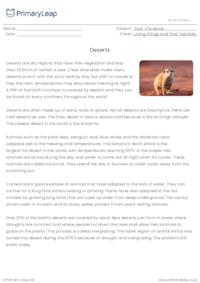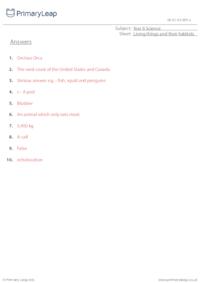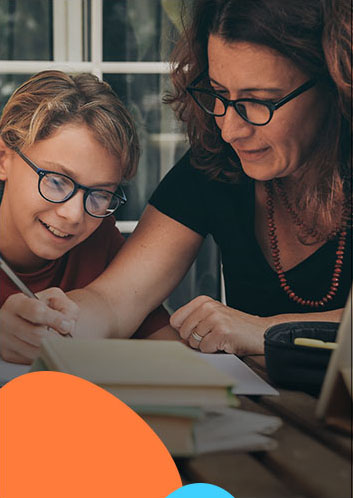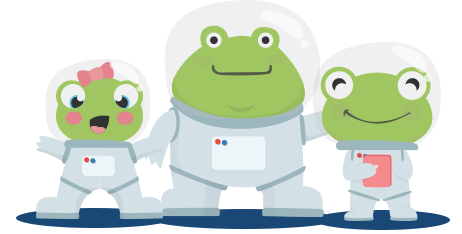Year 4 Printable Worksheets
Year 4 is your child's second year of Key Stage 2. During this year, your child will start to receive more homework. Our fun and engaging resources will help your child grasp the key concepts their homework is centred around. Your child will also be tested this year on their multiplication tables and should be able to recite their 1 – 12 times table.
WORKSHEET PLANS FROM £3.20/MONTH


















































































































